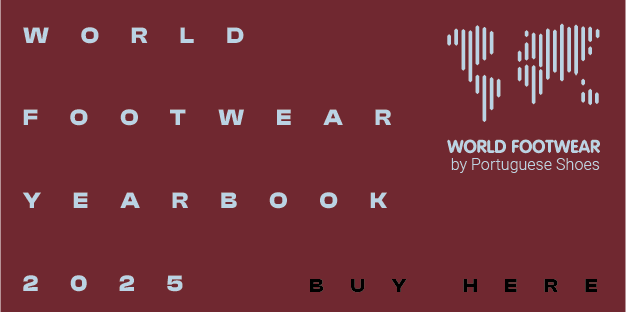Germany industry is cautiously optimistic

Manfred Junkert, Managing Director of the Federal Association of the German Footwear and Leather Goods Industry, spoke about the drop in foreign business in 2018 and the industry's cautious optimism for the future
Speaking at a press conference held on the 11th of March during the most recent edition of the Gallery Shoes, Manfred Junkert, stated that sales of German footwear manufacturers (with at least 50 employees) increased in 2018 compared to 2017, going from 2.94 to 2.96 billion euros. This corresponds to a slight increase in sales revenue of 0.7%. Contrary to general expectations, domestic business ensured slightly positive sales figures. With 2.4 billion euros, domestic sales were 3.2% higher than in the previous year. However, significant sales declines were recorded in the foreign markets. Overall, foreign sales decreased by 9.5% to 526.5 million euros, caused by the considerably lower sales revenues in the Euro Zone countries (decrease of 12.7% in the year).
Producer prices increased in 2018 compared to 2017: while there was a 2.5% increase in the producer prices for safety shoes, a 2.0% increase in the producer prices of shoes with leather uppers was observed. A producer price increase was also recorded for leather goods (+1.1%), textiles (+0.9%) and clothes (0.8%). Overall, producer prices for commercial products rose by 2.6%. While consumer prices as a whole increased by 1.8% from 2017 to 2018, consumer prices for shoes rose by just 0.9% during the same period.
Imports
In 2018, the number of imported pairs of shoes increased from 699.5 to 708.4 million, but their value fell by 0.1%, going from 10.07 to 10.06 billion euros. Accordingly, the average price for the shoes imported to Germany dropped by 1.3% (14.40 euros vs 14.21 euros). The importance of China as the most important supplier country has decreased since 2015. The share of Chinese shoes in the total quantity of all shoes imported to Germany has been falling continuously in the last three years. Things were different in 2018: last year, the share of footwear originating from China rose from 46.6 to 47.2%. In the number of pairs, a 2.6% increase (from 326.1 to 334.7 million pairs) could be observed. Increases for Indonesia (+10.5% to 34.7 million pairs); India: +2.0% to 20.0 million pairs) and Cambodia (+7.9% to 16.5 million pairs) were registered.The smaller growth rate in shoe imports compared to previous years is also seen in various shoe segments. In the largest import segment, shoes with fabric upper, the imported quantity of shoes rose by 0.5% from 286.1 to 287.5 million pairs. Higher increases for shoes with plastic upper (+6.3% to 180.4 million pairs) and for shoes with rubber upper (+3.7% to 54.2 million pairs) were recorded. In 2018, the quantity of imported shoes with leather upper fell by 2.8%. Whereas 188.2 million pairs of shoes with leather upper were still being imported to Germany in 2017, 182.9 million pairs were imported in 2018.











